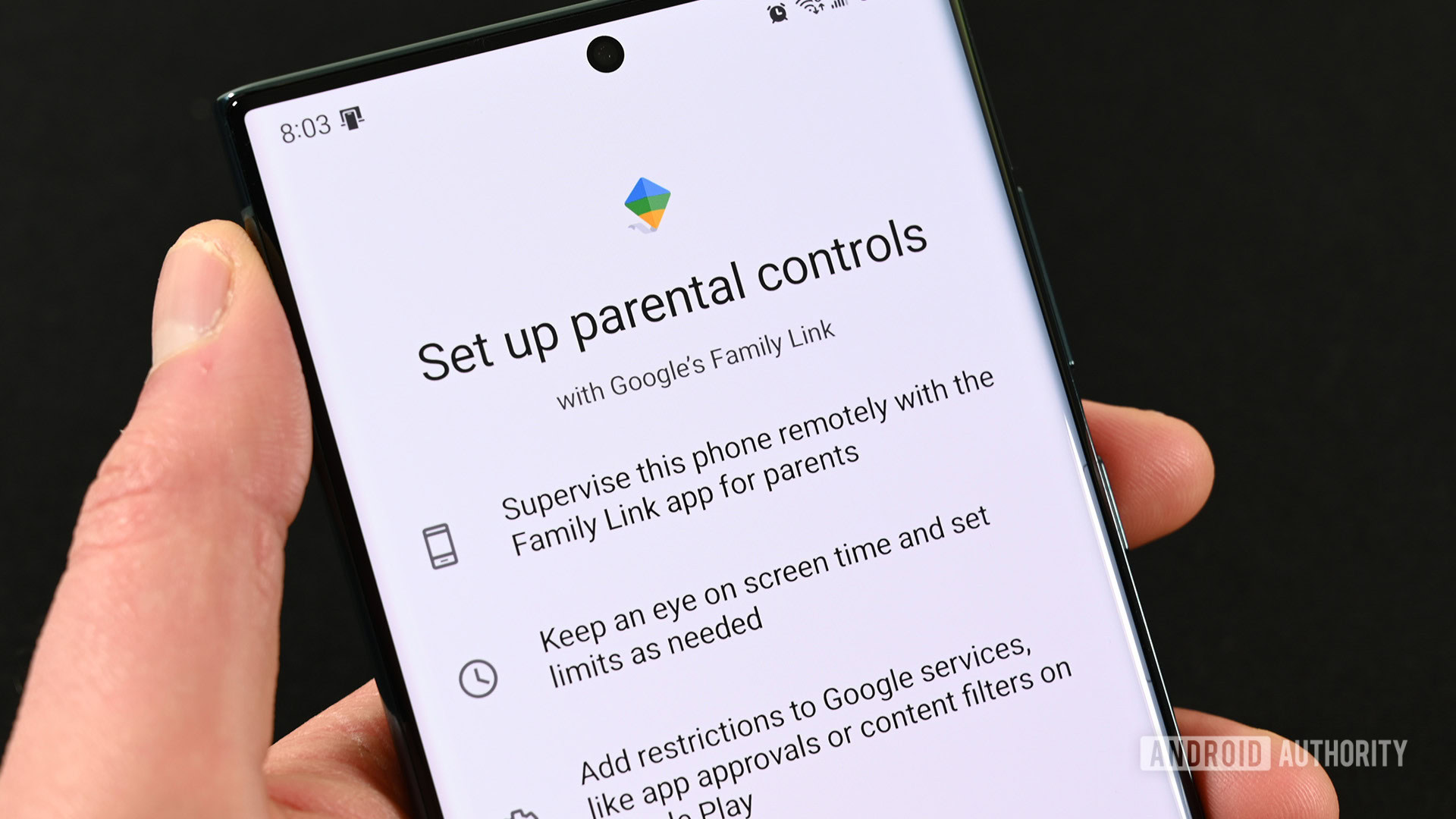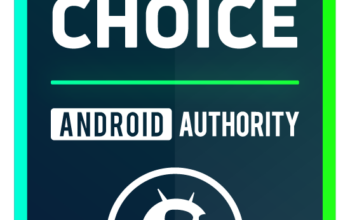
Joe Hindy / Android Authority
Children today are growing up with access to more devices and information than most of us had in our time. However, exposure to unrestricted levels of digital technology can have consequences for a child’s cognitive development and risk exposing them to inappropriate content. Android smartphones have parental control tools to ensure your kids use them safely. This guide will explain how parental controls work on Android devices and how to use them effectively.
Read more: The best learning apps for kids on Android
THE SHORT ANSWER
You’ll need a Google account to use parental controls on your child’s Android device. Download Family Link on both devices and sign in with your Google account to link devices. As a parent, you can set daily app limits, restrict content, monitor your child’s location, and more, all of which are detailed in this guide.
KEY SECTIONS
What are parental controls on Android?
As a parent, it’s completely understandable to be concerned about the digital habits your child develops. Between cyber bullying, misinformation, too much time spent online, and other potential harms, ensuring your child interacts with as safe an online environment as possible is essential. Thankfully, there are many things you can do to ensure that your child is protected. Out of the box, Android phones come with several parental control options, from locking their device to limiting screen time. Additionally, there are tools to help ensure that your children only access age-appropriate content and cannot compromise the security of their devices.
When setting up your child’s Android phone for the first time, you can set up their device with Google’s built-in parental controls called Family Link. You can install the app from the Google Play Store if Family Link isn’t pre-installed. Once installed, follow the steps below to set up Family Link on your child’s device.
Setting up Family Link
To start, open the Settings menu on your child’s device and select Digital wellbeing and parental controls. Select Parental controls on the next page. Then, choose that a child or teenager will be using the device. You’ll then select the child’s Google account and sign in with the account you want to use to monitor the device.
You will then see a summary of what you can and cannot do as a parent using Family Link. We’ve highlighted the main points below for reference. Select Agree at the bottom to finish.
What parents can see and do
- Manage which devices or apps their child signs into with their Google account.
- Block or approve apps from Google Play.
- See the location of their child’s supervised device.
- Limit screen time, monitor app usage, and remotely lock devices.
- Set content restrictions for Google apps
What parents can’t see or do
- See what’s on their child’s screen
- See their child’s search or browsing history
- See or reset Google account passwords
- Read their child’s emails or messages
- Listen to their child’s phone calls
Getting familiar with Family Link
Once parental controls are set up on your child’s device, you will have several options within Family Link at your disposal. Let’s familiarize ourselves with the basic tools. At the bottom of the homepage, you will see three main sections: Highlights, Controls, and Location.
Highlights will show you the most recent activity on your child’s device, such as an app they just installed. Controls contain most of the meat of the app, which we’ll dig into in the next sections. Lastly, Locations will show you a map with the current GPS location of your child’s device. Note that the location finder will not work if your child’s device is offline.
As for what parental controls you might want to use first, consider setting a daily limit and downtime for your child’s Android device. These can be found near the top of the Controls homepage. Both options are fairly self-explanatory; a daily limit entails how long your child can use their device each day before it locks, and downtime specifies a time period when their devices lock for the night.
How to restrict apps on Android phones
After you’ve installed Family Link on both your and your child’s devices, you can set time limits for specific apps and outright block which apps you don’t want your child to use. Additionally, your child will need your permission to install apps from the Google Play store in the first place. We’ll start with how to approve apps and then move to how to restrict apps.
Approving apps
Your child will need your approval when downloading an app from the Google Play Store. They can either send you a message or ask you in person. If they choose in person, you can enter your Google account password to approve it on their phone. If it’s by message, you will receive a notification on the Family Link app, which you can review or deny.
The parent can allow the child to download free apps without approval during the first approval process. However, apps with in-app purchases will still require permission. If you are concerned with your child seeing inappropriate content, we don’t recommend allowing the free rein to download free apps, as many free social media apps contain adult content.
Setting app limits
To restrict your child’s usage of certain apps, open Family Link and select App limits. You can see how much time your child spends on each app there.
Simply select an app from the list to set a time limit, block, or always allow. You can also select app details to see its content rating and other factors, such as whether it has ads, in-app purchases, or if users interact to help inform your decision.
How to restrict content on Android phones
Using Family Link, you can manage search results, block sites, and restrict content for Google apps. That means the content you limit will only apply to the Google Play store, YouTube, Google Chrome, and Google Search.
From the Family Link homepage, select Content restrictions. Then, select the app you want to restrict and tap the toggle on the next page.
If you want to restrict content on non-Google apps, such as TikTok or Instagram, you must do so within those app settings. Thankfully, most social media apps have their own parental controls.
How to set a parental control passcode for Google Play
If you share your Android phone to tablet with your family, including the young ones, you can set a parental control passcode to prevent the purchases of content based on maturity level. In other words, users will need to enter the PIN you set to download any apps, movies, or books beyond the set maturity ratings.
In the Google Play store, tap your profile icon in the top right corner and select Settings from the pop-up window. Then, select Family -> Parental controls. Once you turn it on, you’ll be asked to create a unique PIN. Make sure you keep this code private; otherwise, it defeats the whole point of having one.
After that, you can select the various product categories and choose which maturity ratings you think are suitable for each one. You can also adjust them at any time.
FAQs
There is no specific kids mode on Android phones, but using Family Link can accomplish most of the essential parental controls. On Android Tablets, Google launched a new Kids Space feature, which provides child-appropriate content.
Kid’s Shell is one of the most popular Android skins for parents to create a safe zone on their Android devices for their kids.



